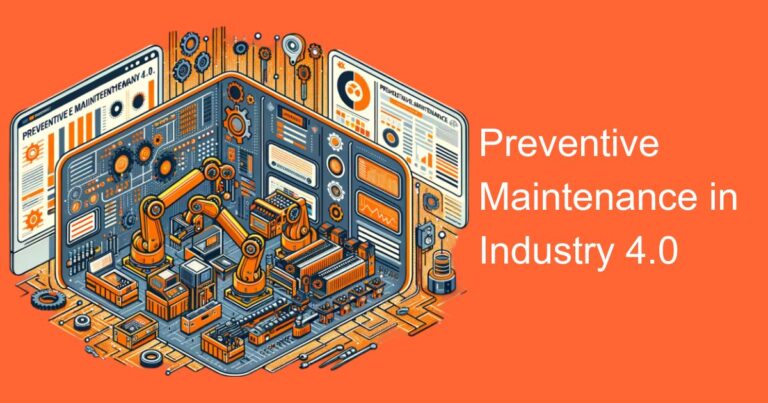Maintenance inventory management is a crucial aspect of any organization’s maintenance program. Maintenance inventory comprises of all the spare parts, tools, and equipment required to maintain and repair machinery, buildings, and other assets. Effective maintenance inventory management ensures that the right parts and tools are available at the right time to prevent equipment downtime and minimize maintenance costs. In this blog, we will discuss some of the best practices for managing maintenance inventory in an Indian context.
1. Conduct Regular Inventory Audits
It is crucial to conduct regular inventory audits to identify obsolete, surplus, or slow-moving inventory items. These audits help in identifying inventory items that are not required and can be disposed of or sold. Additionally, they also help in identifying items that need to be reordered to prevent stockouts. Regular inventory audits ensure that inventory levels are optimized and reduce inventory carrying costs.
2. Categorize Inventory Items
Categorizing inventory items based on their usage and importance can help in managing inventory effectively. This can be done by classifying inventory items into categories such as critical, essential, or non-essential. Critical items are those that are required for the smooth functioning of equipment, and their unavailability can lead to downtime. Essential items are those that are required for maintenance but do not lead to equipment downtime. Non-essential items are those that are required occasionally and can be easily sourced.
3. Implement Inventory Tracking Systems
Implementing inventory tracking systems such as barcoding or RFID can help in monitoring inventory levels and preventing stockouts. These systems also help in tracking inventory movement and identifying inventory items that require reordering. Implementing an inventory tracking system ensures that inventory levels are optimized, and inventory carrying costs are minimized.
4. Establish Reorder Points
Establishing reorder points ensures that inventory items are reordered before stockouts occur. Reorder points can be established by calculating the average lead time and usage rate of inventory items. Reorder points can be set at a level that ensures that inventory items are reordered in a timely manner to prevent stockouts.
5. Set Safety Stock Levels
Setting safety stock levels ensures that inventory levels are maintained at a level that prevents stockouts due to unexpected events such as increased demand or delayed deliveries. Safety stock levels can be set by calculating the standard deviation of usage rates and lead times. Setting safety stock levels ensures that inventory levels are optimized, and the risk of stockouts is minimized.
6. Develop a Supplier Management System
Developing a supplier management system ensures that the right suppliers are selected, and inventory items are procured at the right price and quality. This can be done by establishing supplier selection criteria based on factors such as lead times, delivery reliability, and pricing. Additionally, developing a supplier management system ensures that the procurement process is streamlined, and inventory carrying costs are minimized.
7. Utilize Maintenance Management Software
Utilizing maintenance management software can help in managing maintenance inventory effectively. These software systems can be used to monitor inventory levels, track inventory movement, and identify inventory items that require reordering. Additionally, maintenance management software can be integrated with inventory tracking systems to optimize inventory levels and minimize inventory carrying costs.
Conclusion
Effective maintenance inventory management is critical for the smooth functioning of any organization’s maintenance program. Implementing the best practices discussed in this blog can help in managing maintenance inventory effectively in an Indian context. Regular inventory audits, categorizing inventory items, implementing inventory tracking systems, establishing reorder points, setting safety stock levels, developing a supplier management system, and utilizing maintenance management software can help in optimizing inventory levels, reducing inventory carrying costs, and preventing stockouts.








